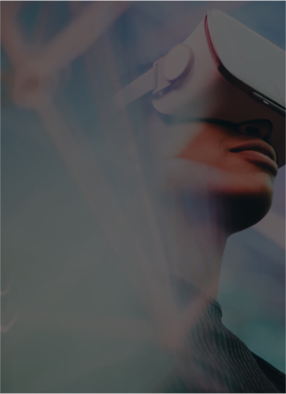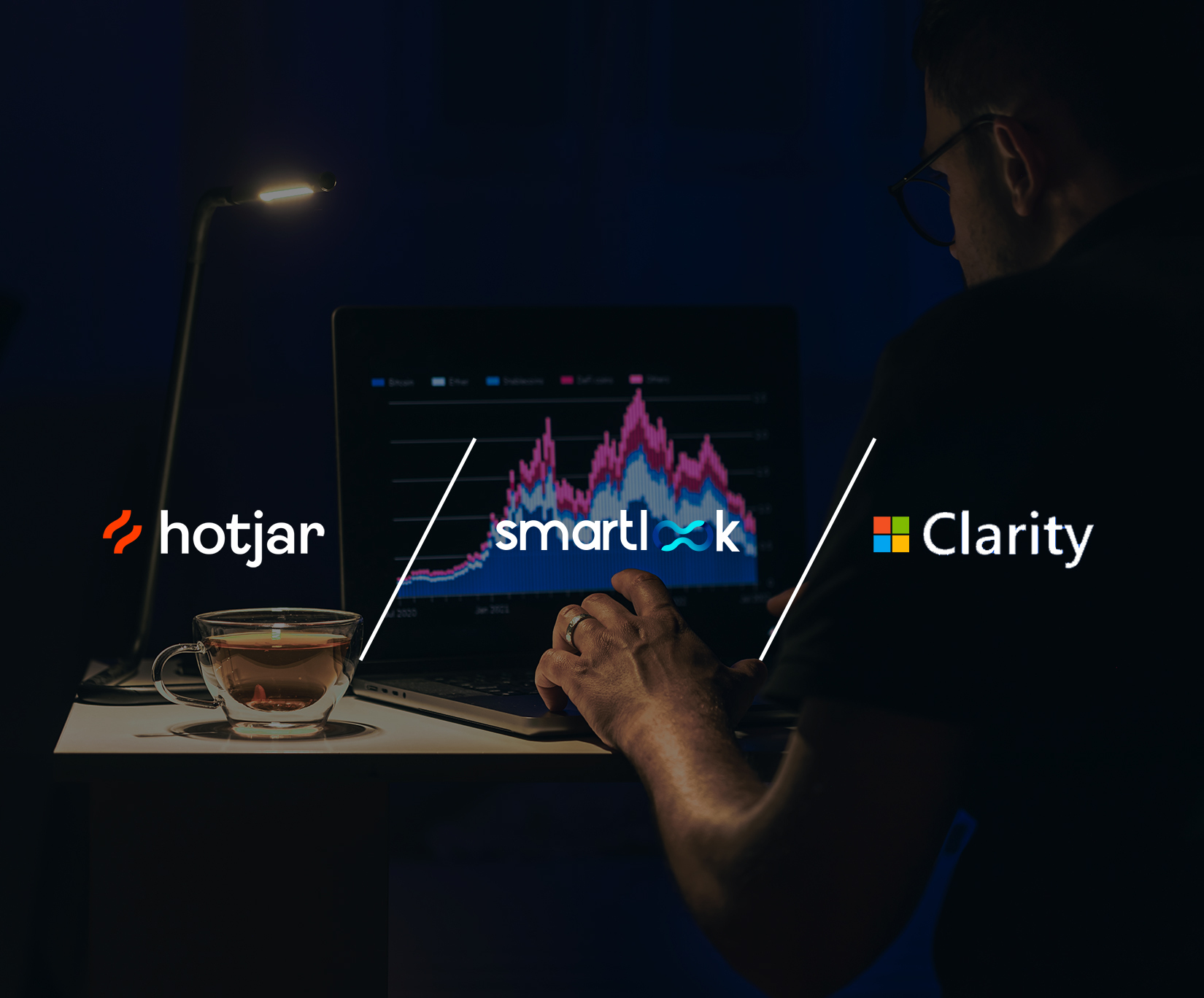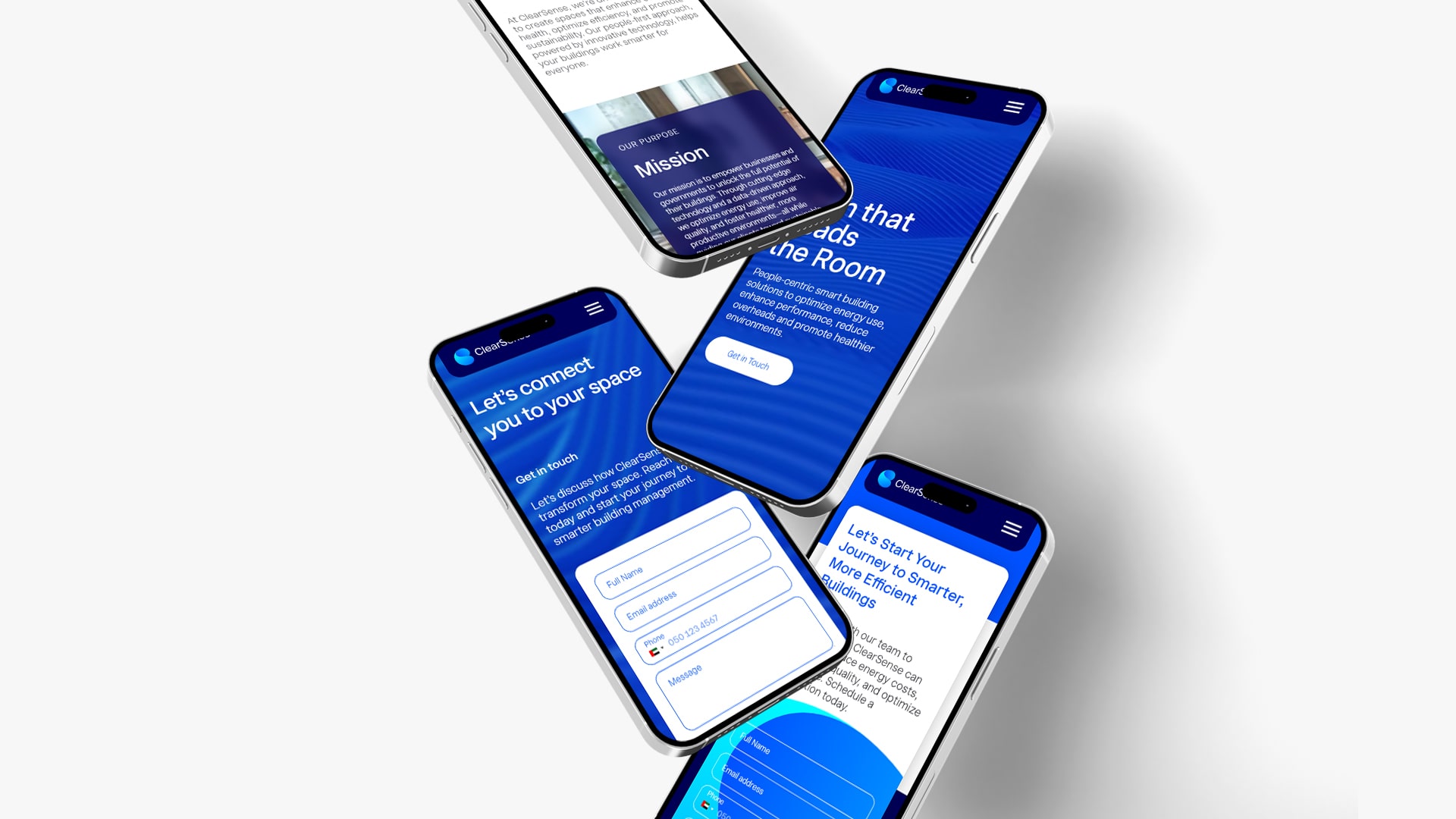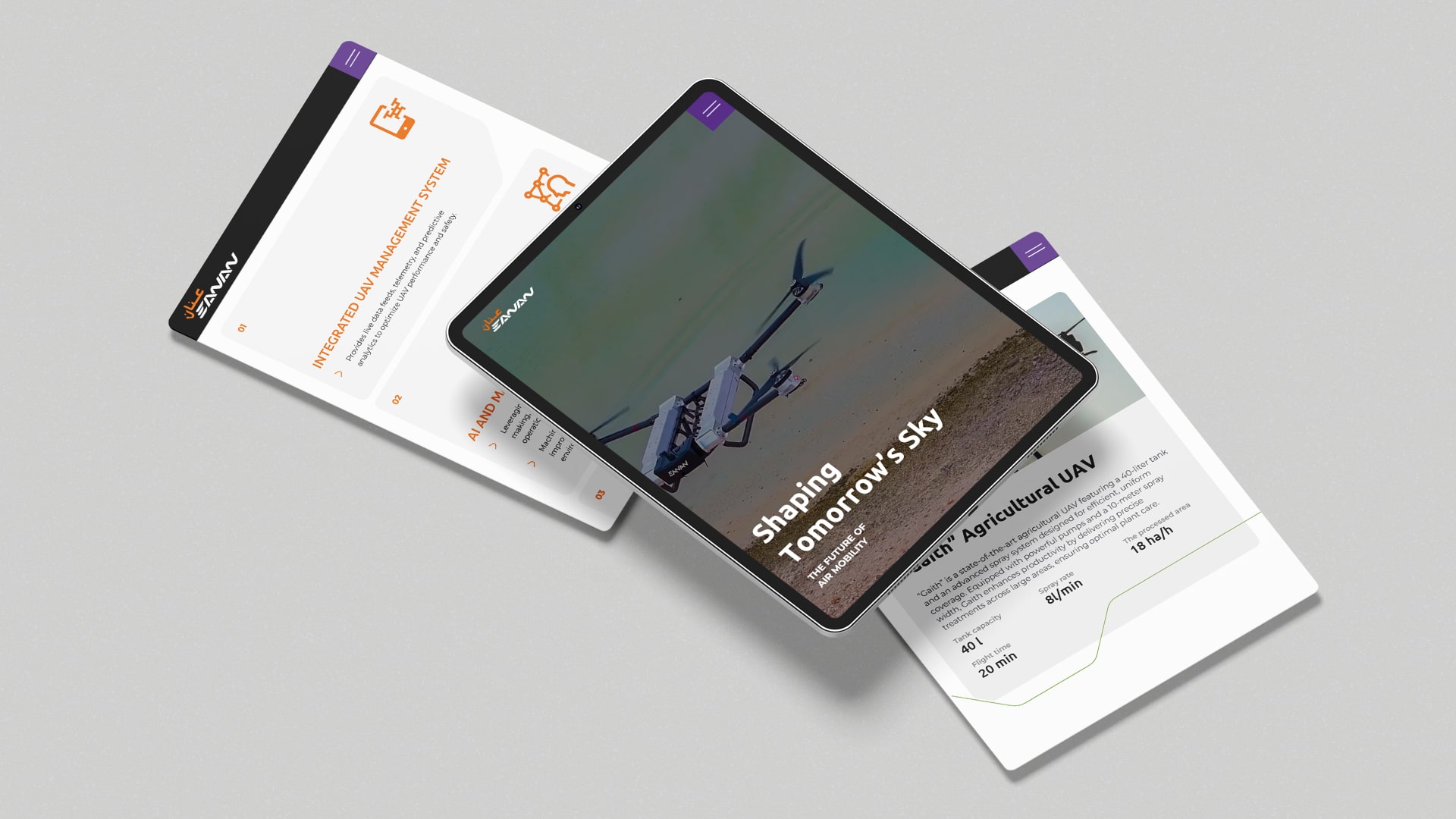Users’ behavioral observation marks a game for conversion rate increases, fixing drop-offs, and enhancing the digital experience. Enter heatmaps: an all-seeing and all-knowing perspective of how users click, scroll, and interact with your site, and what works becomes the element of indispensability within the toolkits of a lot of marketing and UX teams through Hotjar, Microsoft Clarity, and Smartlook.
S,o which one has a flavor to suit your needs? Here, we are going to weigh features, usability, mobile support, privacy, and pricing for Hotjar vs Clarity vs Smartlook features to help you make an informed decision on which heatmap tool suits your business best.
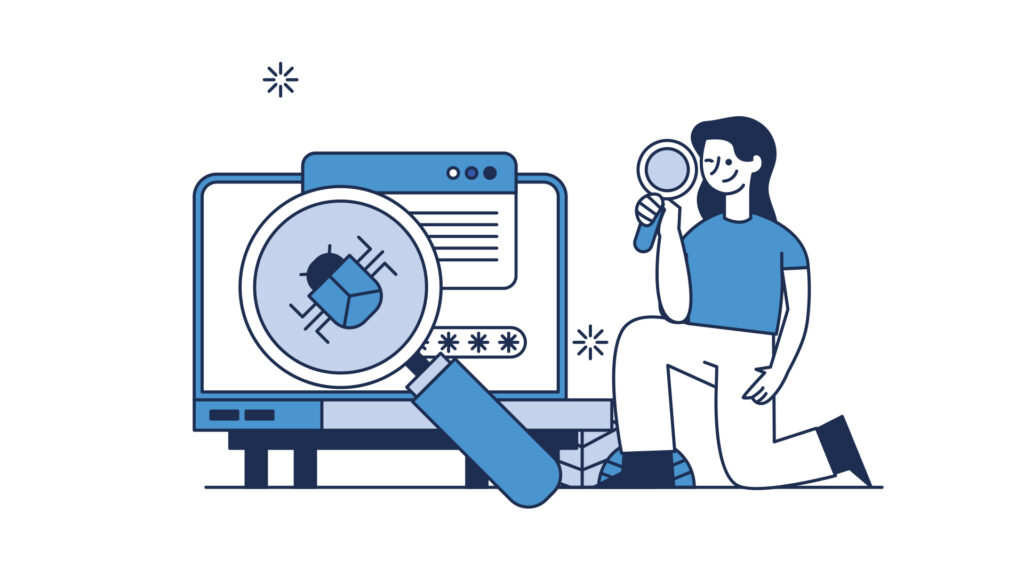
What Makes These Three Tools Stand Out?
Each of the platforms stands out in its own way:
- Hotjar is highly popular for its strong qualitative tools, consisting of surveys, feedback forms, and advanced heatmaps.
- Microsoft Clarity is a free tool that offers session recordings and heatmaps, but does not have the advanced features.
- Smartlook combines green features of both qualitative and quantitative data from funnels, event tracking, and mobile SDKs.
In comparison between Hotjar vs Clarity vs Smartlook, Hotjar vs Smartlook does boil down very finely to depth of insight and simplicity Vecire Microsoft Clarity vs Smartlook is to discuss cost vs capability.
Interface and Ease of Use
All of these tools sport a user-friendly dashboard, but they accommodate different expertise levels:
- Hotjar has a crisp and clean interface suitable for marketers and product teams alike. It has pretty advanced tagging and filtering capabilities.
- Clarity is simple. Easy to set up, it neither requires heavy analytics knowledge nor provides an overwhelming amount of data for basic insights.
- Smartlook, on the other hand, attempts to strike a balance-therefore, it’s more robust than Clarity but quite less newbie-friendly than Hotjar. It has superior filtering and segmentation, perfect for analysts and product teams.
Easy setup and quick wins: go for Clarity. Otherwise, if your team is more driven by data, Smartlook or Hotjar will feel more mature.
Heatmap Capabilities and Visual Insights
In the context of Hotjar heatmaps, you have the click, scroll, and move heatmap options with processing segmentation. Smartlook pressure drives all these with rage click tracking.
Clarity is free and yet very decent in terms of scroll and click heatmaps. However, it lacks accuracy in fine filtering and sometimes loses track of sessions.
Teams trying to optimize their landing pages or work on UX design with behaviour-based clues can get stronger heatmap options from either Hotjar or Smartlook when compared to Clarity.
Both Hotjar and Smartlook provide enhanced functionality of heatmaps, allowing product teams and marketers to actually get insight into user behavior. Hotjar allows for segmenting clicks, movements, and scrolls by device type, user attribute, or session context, which is particularly useful for data-driven UX decision-making.
Smartlook extends this technology to recognize rage clicks, enabling teams to discover annoying user experiences that may be ignored by Clarity. These platforms provide more distinct visual signals on which sections of a page draw eyeballs or fly under the radar. While Clarity performs solidly at the fundamentals, teams interested in gaining rich behavioral understanding and accurate UX tweaks will find Hotjar and Smartlook much more useful.
Funnels, Events & Quantitative Analysis
- When we compare Microsoft Clarity vs Smartlook vs Hotjar, Smartlook offers event setup sans coding, funnel, and behavioural path analyses.
- Hotjar also supports funnels and conversion tracking; however, it keeps things straightforward. It is best suited for surface-level UX journeys rather than in-depth funnel diagnosis.
- Clarity does not have event tracking or funnels; thus, it leans towards a more general behaviour monitoring tool rather than a performance optimisation tool.
For any team seeking to track drop-off rates or user journeys, Smartlook has the most advanced event tracking features.
Mobile Support and SDKs
Smartlook is the only tool among the three to support mobile app analytics. It offers SDKs for iOS, Android, React Native, Unity, and more.
Hotjar and Clarity currently do not support native app analytics, limiting their use to web platforms.
If mobile experience is crucial to your product, especially for e-commerce or gaming, Smartlook easily wins in the Microsoft Clarity vs Smartlook debate.
Free Plan Comparison and Pricing
Let’s discuss value. Here’s how the free versions compare:
- Clarity is completely free with unlimited recordings and heatmaps, without any session limits.
- Hotjar’s free version provides access to 35 sessions/day, restricted feedback tools, and simple heatmaps.
- Smartlook provides 3,000 sessions/month and a 30-day feature-paid trial.
For startups or individuals, Clarity is the most bountiful offering. For heavy use, however, both Hotjar and Smartlook are more detailed as you grow.
If budget is your primary concern, Clarity is easily the best free heatmap tool. But it’s not great in terms of actionable analytics.
Privacy and Compliance
Hotjar and Smartlook are privacy-conscious. Hotjar is basically GDPR, CCPA compliant and honors do not track settings. Smartlook provides data masking and user-level deletion.
Clarity is GDPR-friendly, has usage rights over the data gathered. Clarity can make use of anonymised data for internal AI model training and Microsoft services.
If control and privacy of data are important to your organisation (particularly for sectors subject to regulation), Hotjar is one of the most secure options. Hotjar is one of the best Hotjar alternatives for this case.
When to Use What–Real-World Scenarios
Let us segment it by type of business–
- Freelance marketers and bloggers- Simple clarity is more than sufficient.
- Digital marketing agencies and e-commerce companies- Smartlook’s funnel analysis and mobile SDKs give them advanced behavioural insights.
- UX and product teams- Hotjar alternatives excel with their user feedback functionality and combined visual and qualitative capabilities.
If you are handling SEO landing pages, ecommerce funnels, or operating PPC services in UAE, the integration of Smartlook’s analysis with SEO heatmaps can assist in recognizing content gaps and UX friction points.
Quick Feature Comparison
Microsoft Clarity vs Smartlook vs Hotjar
| Feature | Hotjar | Microsoft Clarity | Smartlook |
|---|---|---|---|
| Click & Scroll Heatmaps | Yes | Yes | Yes |
| Session Recordings | Yes | Yes | Yes |
| Funnels & Events | Basic | No | Advanced |
| Mobile App Support | No | No | Yes |
| Feedback Tools | Yes | No | No |
| GDPR/Data Control | Strong | Moderate | Strong |
| Free Plan | Limited Sessions | Unlimited | Limited Sessions |
How Does This Tie Into SEO and GA4?
Although GA4 itself does not come with heatmap capability, combining it with solutions regarding to comparison of Hotjar vs Smartlook, it provides you with a more complete picture. You not only get to view which pages users end up on, but also how they interact with them visually.
Combining GA4 heatmap analysis with scroll-depth and rage-click information provides SEO and CRO teams with a great combination.
Final Thoughts: Which One Should You Go For? Microsoft Clarity vs Hotjar vs Smartlook
If you’re looking for something free, easy, and quick, Clarity’s a good place to begin. But if your business requirements run deeper—mobile tracking, sophisticated funnels, more filtering, Smartlook is amazingly powerful.
Hotjar is best suited for teams dedicated to integrating behavioural data with explicit user feedback. It’s simple to use, reliable with data, and heavily dedicated to user experience.
Ultimately, Hotjar vs Clarity vs Smartlook features are a matter of what type of insight you care about most.
- Hotjar- Ideal for UX teams and qualitative researchers.
- Smartlook- Best suited for data-oriented marketers and app developers.
- Clarity- Most suitable for budget-sensitive users requiring baseline metrics.
Either way, the best free heatmap tool will provide more than pretty pictures—they give you the why for the what, so you can create more user-focused digital experiences.
Related Post
Publications, Insights & News from GTECH

